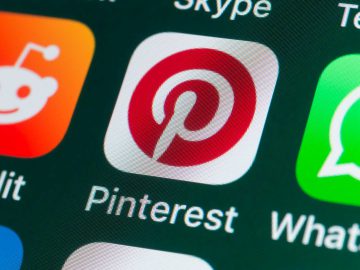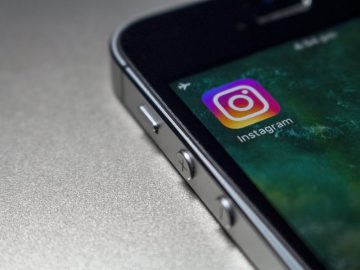There’s a new app that promises to connect you with your closest friends — only this time, it’s coming from TikTok.
The app, dubbed Whee, pitches itself as a platform to “keep you connected with your close friends through life’s spontaneous moments.” It allows users to share “real-life photos that only your friends can see,” per its app store listing. The app, built by the same developer as TikTok, isn’t available in the US but it’s being tested in over a dozen countries, per Android Police.
Whee’s arrival on the charts — it’s 27th among social-networking apps in Apple’s App Store, outranking Skype and Signal — comes as Instagram is also leaning into features for close friends.
On June 20, Instagram is rolling out the ability for users to go live with just their close friends, shifting its livestreaming tool from a broadcast feature to a more private video chat. It’s an expansion of Instagram’s “close friends” feature that first launched in 2018, which lets users select a subset of followers who can see more private content in stories and a user’s main feed.
Snapchat has also been focusing its messaging around direct connections with friends as it seeks to distance itself from content that consumers view as contrived or inauthentic.
After spending years leaning into influencer content, to the chagrin of some users, the big social platforms are betting big on close friends. They’re responding to a broader trend among young consumers who are grappling with loneliness and looking for apps that help them build community and feel more socially connected.
“We’re entering this new wave of social where people are trying to revert back to what people really use these platforms for to begin with — which is connection,” Maitree Mervana Parekh, a principal at Acrew Capital, told Business Insider earlier this year.
Startups have been popping up over the last several years targeting this space, too. BeReal, for one, was intended to keep people connected with their friends’ lives with daily, unedited photos. It just sold for $500 million. Other upstarts, like Amo or Retro, are also finding ways to keep people connected outside the bigger social-media giants.
“Most bigger social apps that used to serve friend use cases have gone really hard toward the entertainment use case,” Nathan Sharp, CEO of Retro recently told BI.
Influencers are great for entertainment, but users want more
Courting influencers has been a major priority for platforms for several years now as the creator economy has grown into a mature marketing category. Instagram, TikTok, and Snapchat have all spent millions of dollars on campaigns and initiatives that boost the careers and content of creators.
But as the platforms prioritized creator-made content, like on Instagram reels, everyday users’ content seemed to take a back seat. Consumer appetite for tools like Discord that offer smaller group sharing has grown, and the big platforms are putting more resources into features that encourage direct social-sharing.
Instagram head Adam Mosseri said in an interview with YouTubers Colin and Samir published earlier in June that he wanted to nurture direct sharing.
“We try to create a bit more of a participatory, lean-in experience,” Mosseri said. “One where you’re going to discover a reel and then send it to a friend and then talk about it with another friend.”



